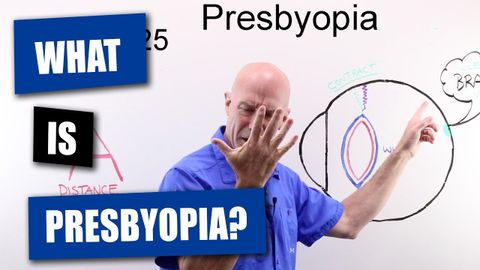老眼とは? (What Is Presbyopia?)
wei が 2021 年 01 月 14 日 に投稿  この条件に一致する単語はありません
この条件に一致する単語はありません- v.t./i.出場する;計算する;思う;思う
- n.姿 : 体形;数字;人物像;図表;著名人;姿の輪郭;数字
US /ˈfæsəˌnetɪŋ/
・
UK /ˈfæsɪneɪtɪŋ/
- v.t.魅惑的な;(視線で)捕らえる
- adj.魅惑的な
- n. (u.)魅力
US /'kaɪndə/
・
UK /'kaɪndə/
- n.〜のような
- adv.少し : ちょっと;一種の : ある意味で;~たい気がする
- n. (c.)(腰 : 頭 : 肩などに巻く)布;(トルティーヤでできたサンドイッチのような)ラップ
- v.t.周りを動き回る;包む
エネルギーを使用
すべての単語を解除
発音・解説・フィルター機能を解除
